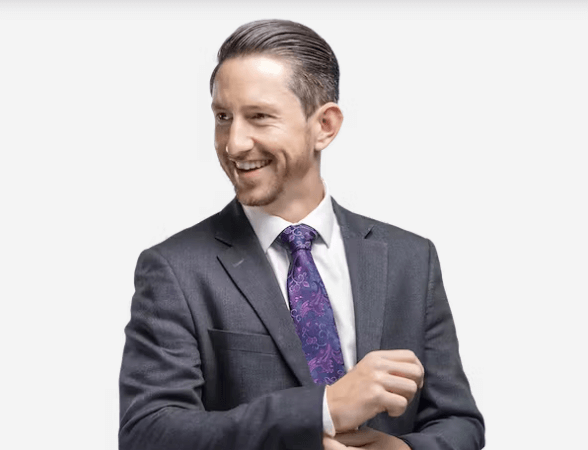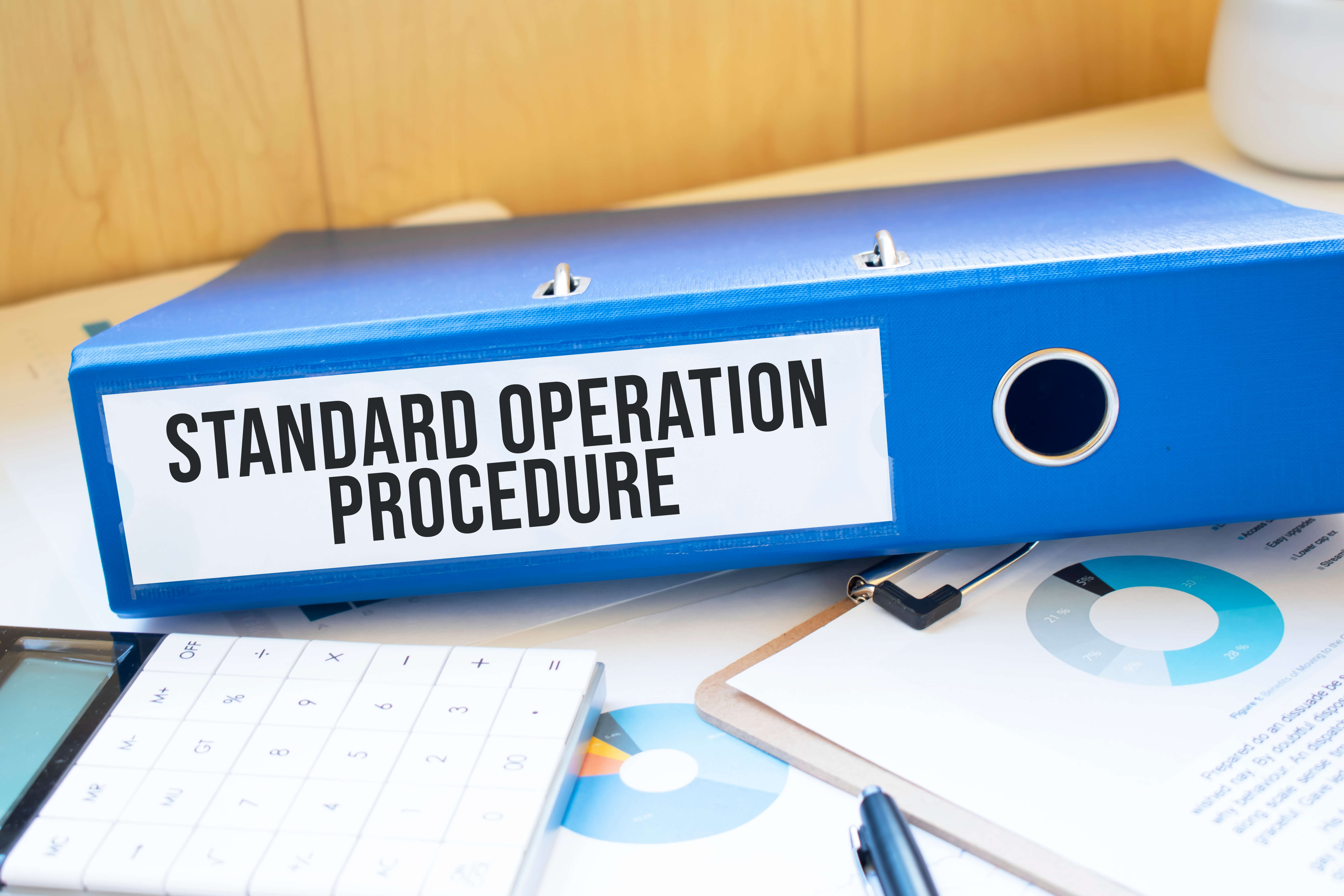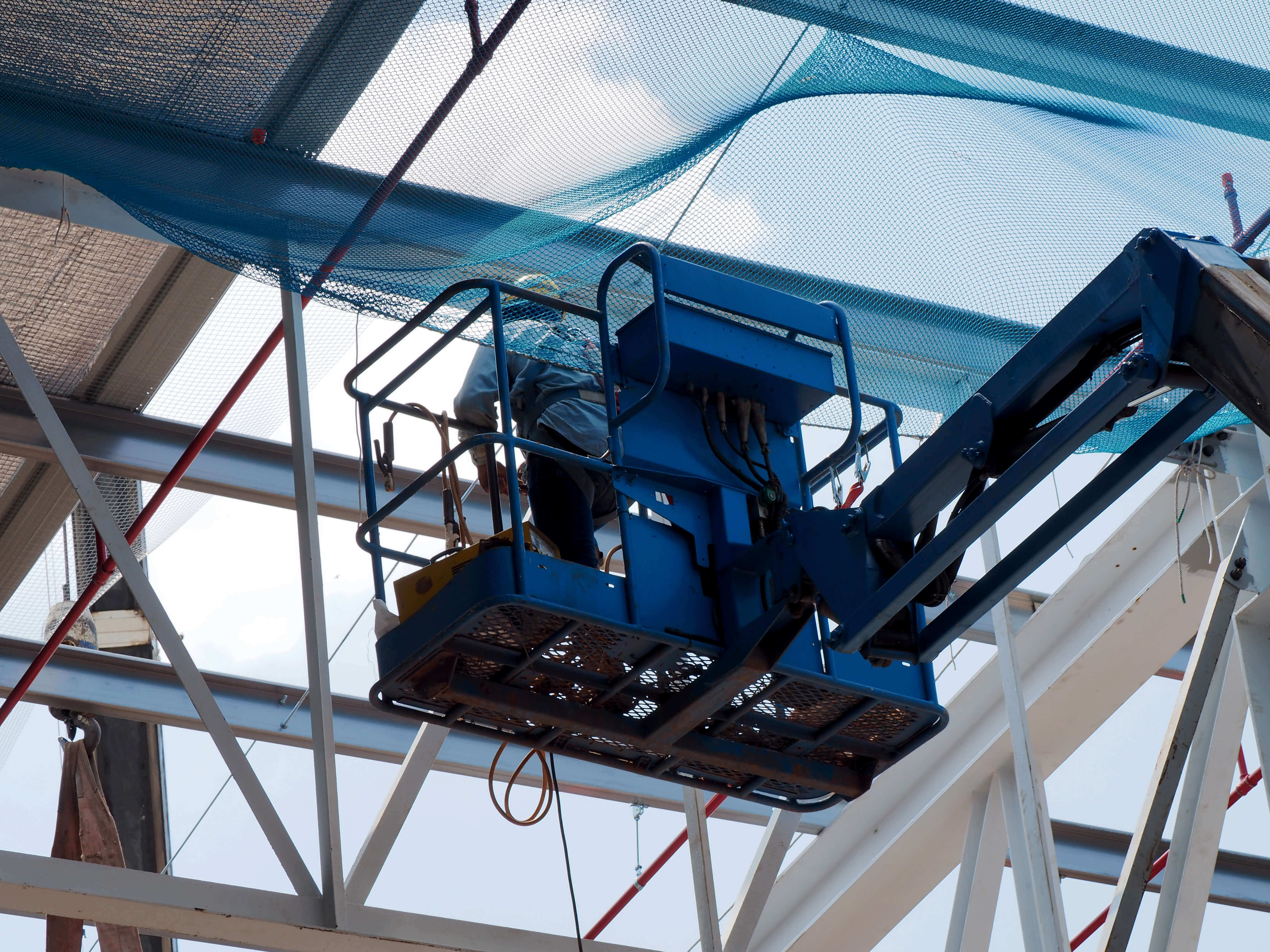We’ve all seen the news recently with hundreds of school buildings up and down the country being told they need to close, as it was found they have RAAC planks in their walls and roofing.
But what is RAAC? And why is it causing buildings to close until a solution is found and a fix is put into palace.
Health and safety inspections can help identify faults within a business building and outline a road map to mitigate the risk to the workforce or anyone visiting their premises.
If you need immediate support or advice, contact one of our health and safety experts here 0800 470 2828.
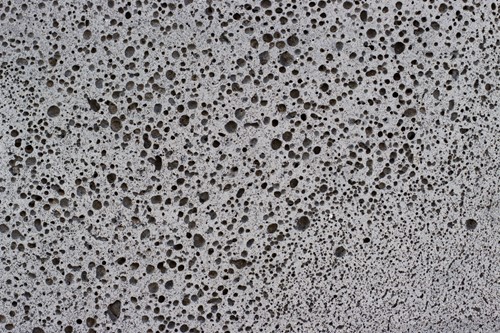
What is RAAC?
RAAC stands for reinforced autoclaved aerated concrete and is typically a lightweight material that is reinforced with steel. The aerated autoclaved concrete is made by mixing aluminium and lime mixed into a concrete base.
This reaction causes air bubbles to form in the mix, making the bubble-like texture.
This type of bubbly concrete was first pioneered in Sweden as a cheaper alternative. Since then, it has been used throughout Europe and particularly in the UK between the 1950s and 1990s.
This material has been used in public buildings, school buildings, (including state-funded schools), hospitals, and UK government property and now poses a significant risk to the structural safety of the buildings.
What are the problems with RAAC concrete?
Reinforced autoclaved aerated concrete was designed to have a life span of thirty years, and doesn't perform in the same way as traditional concrete.
This means that it's more likely for flat roofs to become damaged, as their concrete has a bubble-like texture, it means that it's more likely to corrode, and needs a latex concrete coating to protect the RAAC panels and roof planks.
As these RAAC planks haven't been used since the 1980s, it stands that any structure still standing that uses the material poses a potential risk and harm to anyone inside.
In May 2019, the Standing Committee on Structural Safety (SCOSS) put out an alert on the risks the concrete causes. Since then, there has been a significant rise in the RAAC roof planks collapsing, the same roofs that on first appearance seemed to be in good condition (i.e. free from cracks and breakages).
There is another risk associated with reinforced autoclaved aerated concrete, which is asbestos. This is because when RAAC planks were used in construction it was still legal to use asbestos.
There isn't a direct link between the two, but before any work is carried out on the autoclaved aerated concrete RAAC, an asbestos survey should be carried out by a competent person.

Identifying RAAC concrete
Unfortunately, there isn't an up-to-date list of buildings that use the material for building owners to search, but there are a few key aspects that can be looked at.
- When was your building built? RAAC was used in construction between the 1960s and 1980s in commonly flat or pitched roofs. There's a chance that if your building was built between this time frame it uses RAAC planks.
- Have a look at the buildings in your local area. Do the other buildings have RAAC planks? Can you ask your local government association if they know of any buildings in your area that use them?
- Check the plans for your building. if you have the plans or records for your building, you may be able to check what construction material was used, It should state here if RAAC was used. If it isn't mentioned, this doesn't guarantee that your building doesn't contain reinforced aerated autoclaved concrete.
It is down to the building owners to check their premises for RAAC roofs and walls. If the premises are rented or are social housing, it will be the local authorities' responsibility to get a health and safety inspection of the site to check for structural deficiencies and make the appropriate changes.
The role of a health and safety inspection
A health and safety inspection is a process that happens on-site that identifies any hazards that have the potential to harm any of your employees or visitors to your site.
It's worth noting that a health and safety inspection is different to a health and safety audit. A health and safety audit will typically look at the whole health and safety process of your business and assess how effective your processes are.
Are there different types of health and safety inspections?
There are three main types of inspection that can be carried out.
- A checklist inspection: This type of inspection can be used in areas or on specific pieces of equipment. Especially if you know they need to be monitored or assessed regularly.
- A General inspection: This is where the health and safety inspector can tell the business owner their health and safety recommmendations while completing the walk-around. this type of inspection isn't limited to just the items that are on the checklist.
- Risk mapping: This is where your whole team come together and share their knowledge of the risk that are present on your site. This will create a visual map of the risks that are present within your workplace and put the correct measures in place to mitigate the risks.
Why are health and safety inspections important?
Health and safety inspections are incredibly important for any business owner as they help to protect your workforce from potential risks and help identify any areas that need improving or fixing.
This could be anything from incorrect PPE in use to structural issues or damage to the building's fixtures.
Carrying out regular inspections can help to reduce the number of workplace accidents, as you are regularly and proactively checking your health and safety measures.
You can also improve your employee's morale and job satisfaction. Your employees are able to see you complete your checks and what measures you've put in place.
Your employees will have peace of mind that when they are working, they are safe and know that you are looking after their physical and mental wellbeing.
Regular inspections will ensure that you have up-to-date records, this will help ensure employee and visitor safety and can be used in training.
Finally, health and safety inspections can help you reduce costs and liabilities, as you are able to identify a hazard early on and put in the correct measures to protect your employees. Not only this but you are able to identify potential risks and put measures in place before they become an active hazard for you and your employees.
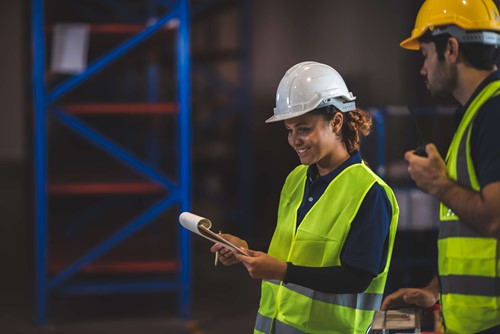
Who carries out a health and safety inspection?
There are two options for who can carry out health and safety inspections for your business. You can do it yourself or you can bring in a competent third party to complete it.
Where it might be tempting to complete the inspection yourself, you should consider the benefit of having a fresh pair of eyes on your workplace.
New eyes will be able to spot hazards that you may have missed or haven't considered.
However, there are certain criteria that the person carrying out the inspection should meet. For example,
- They need to know what to look at.
- Know what kinds of hazards they are looking for.
- What measures should be put in place to mitigate the risks?
- Be a competent person for the business.
- Be trained and have experience or knowledge of health and safety.
if your inspection isn't carried out by competent or responsible bodies you run the risk of hazards being missed.
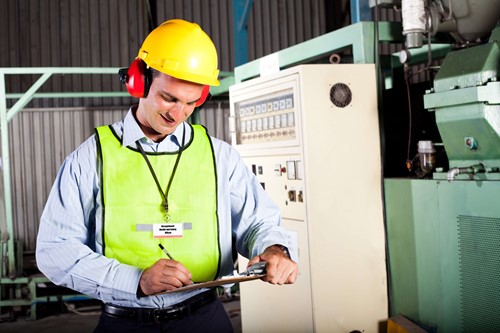
Get expert advice
Croner has a team of award-winning, HR professionals and consultants who are specialists in their field.
We have been providing assistance to businesses for 80 years. Our advice line is available 365 days a year, 24 hours a day. Why not speak to a Croner expert on 0800 470 2828.
Related resources
Categories
- Business Advice
- Contracts & Documentation
- Culture & Performance
- Disciplinary & Grievances
- Dismissals & Conduct
- Employee Conduct
- Employment Law
- End of Contract
- Equality & Discrimination
- Health & Safety
- Hiring & Managing
- Leave & Absence
- Managing Health & Safety
- Moving
- Occupational Health
- Pay & Benefits
- Recruitment
- Risk & Welfare
